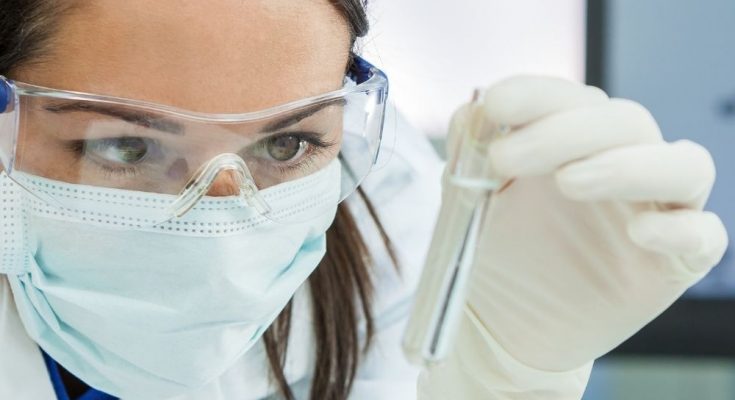Working in a laboratory is tough work. Keep in mind the right safety procedures for your research to avoid any possible risks or injuries. Here are some tips on how to improve personal safety in a laboratory.
Wear PPE
Personal protective equipment (PPE) is essential in any laboratory environment. Always wear your ear protection, safety goggles, gloves, face mask (if handling toxic fumes), and lab attire. Basic lab attire includes a long shirt and pants, closed shoes that cover the entire foot, and a lab coat. These clothes need to fit comfortably yet securely to avoid risk of danger. Be sure these clothes also provide fire protection, chemical protection, and heavy-duty durability.
Never Work Alone
Of course, you should never work alone or unsupervised in the lab. Working with someone is the safest option in a laboratory. They’ll help in case of emergencies. If needed, they can offer first aid or spot potential hazards you missed. Even if your work does not require additional eyes or hands, it’s important to notify your supervisor and neighboring labs of your presence. They’ll know what to do in case something happens. Your safety is their top priority in every scenario.
No Food or Beverages
This may seem silly, but one of the simplest ways to improve personal safety in a laboratory is to avoid food and beverages. It may not seem like a big deal but eating in the lab increases your exposure to hazardous materials. Chemicals or other dangerous materials can get into your food or drink and, if digested, they can prove fatal. This also creates an otherwise avoidable mess, thereby increasing the risk of a more serious accident. If you need a snack or beverage, keep it near your personal belongings and away from hazardous materials.
No Distractions
Finally, avoid distractions at all costs. You must remain focused and vigilant in your work environment. Sometimes, researchers work side-by-side in different projects, which can create distractions. Do your best to stay focused no matter what. Listen to music in the background but avoid headphones. Headphones, especially ones with noise-cancelling capabilities, limit your auditory perception of your surroundings, which further increases risks.
Additional Resources:
Atoms
Cells
Kratom



